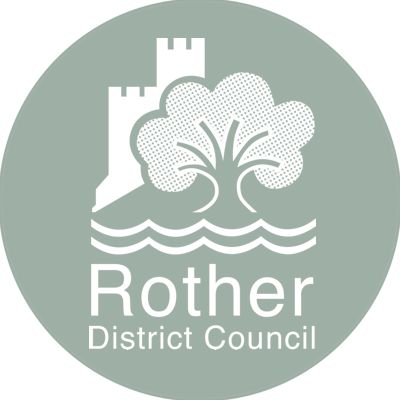Decision details
Article 4 Direction - Coastal Land at Fairlight Cove
Decision Maker: Cabinet
Decision status: Recommendations Approved
Is Key decision?: No
Is subject to call in?: Yes
Decisions:
Members considered the making of an Article 4 Direction at coastal land at Fairlight Cove. An Article 4 direction was a direction under Article 4 of the Town & Country Planning (General Permitted Development) (England) Order 2015 (as amended) (“the GPDO”) which enabled the Secretary of State or the local planning authority to withdraw specified permitted development rights across a defined area.
The effect of the Article 4 direction at Fairlight Cove would remove permitted development rights from specified residential properties close to the cliff edge for certain forms of householder development, including residential extensions and outbuildings. The removal of these specific permitted development rights did not stop development but meant that planning permission would be required to allow for the proper assessment of risks before development was permitted to proceed.
An independent report by a Chartered Geologist and Chartered Civil Engineer specialising in coastal science, coastal risk management and landslide management had been undertaken, to evidence the need for the Article 4 direction and inform its scope and geographical coverage (attached at Appendix 1 to the report). The report confirmed that for the short to medium term, there were 12 most vulnerable properties, which were closest to the cliff line. Whilst there were existing planning policies which applied to planning applications for development at Fairlight Cove covering unstable or potentially unstable land, none were applicable to development not requiring planning permission; it was noted that Building Regulations was also unlikely to cover the impact of development on ground stability.
Consequently, in order to offer appropriate protection in terms of reducing risks to ground stability, it was proposed that the Article 4 direction would cover 28 residential properties, as shown on Map 1 and List A and List B in Appendix 2 to the report, for the various types of permitted development detailed within the report. Once agreed, the Article 4 Direction would be kept under review and extended to other properties if and when appropriate in future years.
In order to make an Article 4 direction, the Council was required to publish a notice, allowing for a period of at least 21 days for representations and specifying the date on which it was proposed to come into force between 28 days and two years from the date of notice.
It was noted that compensation could be payable by the Council to affected householders following the imposition of an Article 4 direction, if introduced with less than 12 months’ notice. Cabinet therefore had two options:
(a) provide the minimum notice period removing “permitted development rights” from the affected properties within 28 days, with the risk of compensation; or
(b) provide a notice period of 12 months, thereby removing the risk of compensation but enabling affected property owners to commence developments within that time period, without needing planning permission, should they wish to do so.
It was not possible to determine whether a successful compensation claim against the Council was likely, nor the monetary value of any potential claim. Having regard to this, together with the findings of the independent report that concluded that natural cliff processes were likely to be a more significant factor in cliff instability than human activity, it was recommended that the Council made a non-immediate Article 4 direction giving a notice period of 12 months. This would not stop the Council from making an immediate Article 4 direction if any significant harm was identified, with the risk of compensation.
Cabinet heard from the local Ward Member who was supportive of the Article 4 Direction and had worked with the community and the Council to get to this point for some time. The Cabinet Portfolio Holder thanked all Members and officers involved and requested that information also be provided to the properties behind the Article 4 line advising them to consider development proposals carefully so as not to contribute to the destabilisation of the cliff.
RESOLVED: That:
1) the making of an Article 4 Direction in respect of the land and those classes of development described in this report be approved;
2) the Director of Place and Climate Change be granted delegated authority to confirm the Article 4 Direction following a 21 day consultation period, subject to consideration of any representation response received, so that it comes into effect at the end of a 12 month notice period; and
3) the Director of Place and Climate Change be granted delegated authority to make an immediate Article 4 Direction within the 12 month period specified in 2) above, if warranted, i.e. if development is identified which constitutes a threat to the amenities of the area.
Publication date: 28/07/2022
Date of decision: 25/07/2022
Decided at meeting: 25/07/2022 - Cabinet
Effective from: 05/08/2022
Accompanying Documents:
